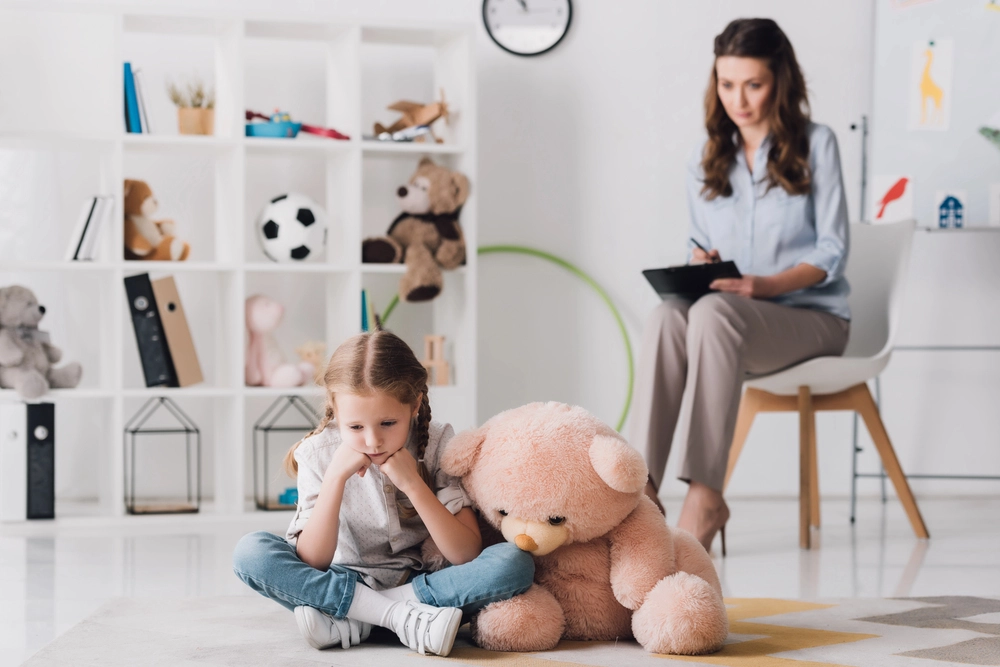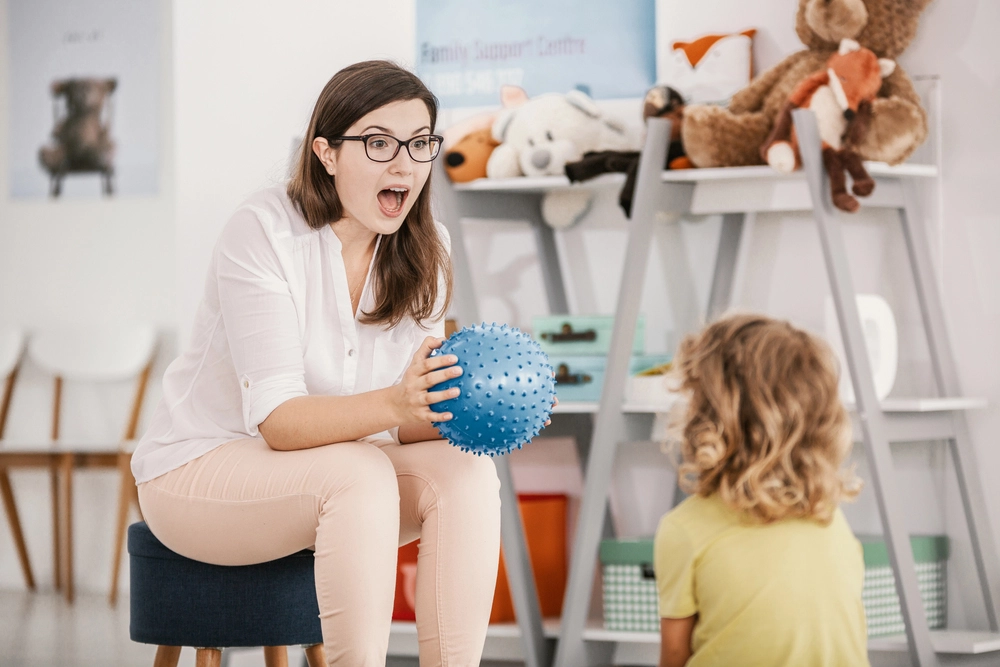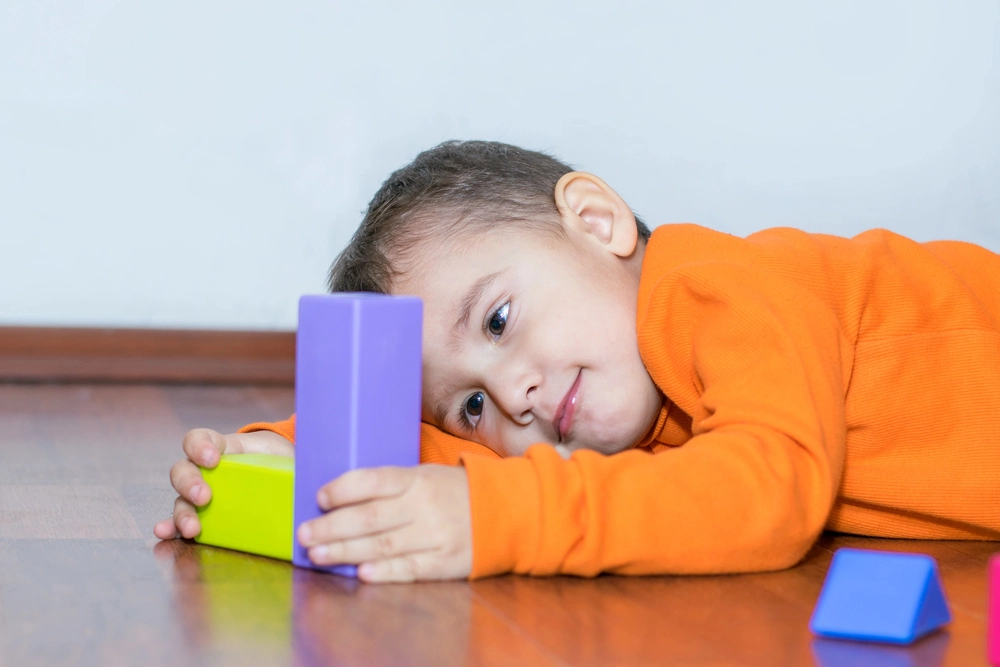
Cognitive Behavioral Therapy Exercises: Managing Anxiety with Proven Techniques
Anxiety can be tough, whether you’re experiencing it yourself or helping a child navigate through it. The good news is that there are effective tools, like Cognitive Behavioral Therapy (CBT), that can make a real difference. Backed by research, CBT provides actionable steps to reshape negative thinking patterns and reduce anxiety’s impact on daily life.
This guide is designed to walk you through practical CBT exercises for anxiety, how they work, and how you can use them in everyday situations. Whether you’re a parent, caregiver, educator, or individual struggling with anxiety, these strategies are relatable, evidence-based, and easy to implement.
What is Cognitive Behavioral Therapy (CBT)?
Before diving into specific exercises, it’s helpful to understand what CBT is and why it’s so effective. Cognitive Behavioral Therapy (CBT) is a structured, goal-oriented form of talk therapy that helps individuals identify and change negative thought patterns that lead to distressing emotions and behaviors.
CBT works by breaking down the connection between thoughts, feelings, and actions. It encourages individuals to challenge automatic negative thoughts and replace them with balanced, realistic perspectives. For instance, instead of spiraling into fear over a small issue, CBT helps you recognize that thought, challenge it, and replace it with a healthier response.
Why CBT is Effective for Anxiety
CBT has been extensively studied and proven effective for various forms of anxiety, including generalized anxiety disorder (GAD), social anxiety, and specific phobias. One key reason for its effectiveness is its focus on actionable change.
The Science Behind CBT
CBT leverages neuroplasticity—the brain’s ability to rewire itself—to reduce the intensity of anxious thoughts. Research shows that CBT is 60-80% effective in treating anxiety disorders, outperforming other therapeutic approaches in many cases.
CBT is particularly effective because it empowers individuals to take control of their thoughts and emotions. By actively challenging negative patterns, individuals can break the cycle of anxiety and improve their quality of life.
Understanding Anxiety and CBT Exercises
Anxiety often feels overwhelming, but CBT provides tools to manage it effectively. These exercises are designed to disrupt the cycle of negative thoughts and promote logical, calm responses. Whether you’re helping a child or managing your own anxiety, CBT techniques can be tailored to suit specific needs.
Types of Anxiety and Matching CBT Techniques
Different forms of anxiety require unique approaches. Here’s how CBT exercises align with common anxiety challenges:
- Social Anxiety: Exposure therapy helps individuals face social situations gradually, reducing avoidance and building confidence.
- Generalized Anxiety Disorder (GAD): Mindfulness and relaxation techniques can help manage persistent worry.
- Specific Phobias: Gradual exposure and thought challenging are highly effective in reducing fear responses.
Key Cognitive Behavioral Therapy Exercises for Anxiety
CBT exercises are practical, evidence-based tools that you can use to manage anxiety. Below are some of the most effective techniques:
Recognizing Negative Thought Patterns
Negative thoughts often go unnoticed but fuel anxiety significantly. These thoughts, known as cognitive distortions, distort reality and exacerbate worry.
Common Cognitive Distortions:
- Catastrophizing: Imagining the worst-case scenario for everything.
Example: “If I mess up this presentation, my career is over.” - All-or-Nothing Thinking: Viewing situations in extremes, such as “either I succeed, or I’m a failure.”
- Overgeneralizing: Assuming one negative event means everything will go wrong.
Example: “I failed this test, so I’ll fail every test.”
How to Recognize and Challenge These Thoughts:
- Thought Journaling: Write down anxious thoughts, identify distortions, and challenge them.
Example: When you think, “I’ll never succeed,” ask yourself, “What’s the evidence for this? Have I succeeded before?” - Dialogue Prompts: Use questions like “What would I say to a friend thinking this way?” to reframe negative thoughts.
Challenging Cognitive Distortions
Once you’ve identified cognitive distortions, the next step is to challenge and replace them with balanced thoughts. This process is central to reducing anxiety.
Steps to Challenge Negative Thoughts:
- Ask for Evidence: Is there solid proof that supports this thought, or is it based on assumptions?
- Consider Alternatives: What other explanations or outcomes are possible?
- Test Your Fear: If you’re afraid something bad will happen, evaluate how realistic or likely it is.
Real-Life Example:
A student who feels anxious about an upcoming exam might think, “I’ll fail and never graduate.” Using CBT, they could challenge this by recalling past successes and recognizing the effort they’ve put into studying.
Exposure Therapy: Gradually Facing Fears
Avoiding fears only strengthens them. Exposure therapy encourages individuals to face their fears gradually, reducing their intensity over time. This CBT technique is especially effective for social anxiety, phobias, and post-traumatic stress disorder (PTSD).
How to Practice Exposure Therapy:
- Identify the Fear: Write down situations that trigger anxiety.
- Rank the Fears: Order them from least to most anxiety-provoking.
- Take It Slow: Start with the least challenging situation and gradually work your way up.
Example for Social Anxiety:
- Step 1: Observe social interactions from a distance.
- Step 2: Practice saying hello to a coworker.
- Step 3: Gradually participate in group conversations.
With consistent practice, exposure therapy helps reduce avoidance behaviors and builds confidence.
Mindfulness and Relaxation Techniques
Mindfulness and relaxation exercises help manage the physical symptoms of anxiety, such as a racing heart or shallow breathing. These techniques encourage focus on the present moment, reducing the brain’s stress response.
Effective Mindfulness Techniques:
- Deep Breathing: Slowly inhale for four seconds, hold for four seconds, and exhale for four seconds. This slows your heart rate and promotes calm.
- Progressive Muscle Relaxation: Tense and relax each muscle group, starting with your feet and moving upward.
- Grounding Exercises: Focus on your senses. For example, identify five things you see, four things you touch, and three things you hear.
Implementing CBT Exercises at Home and in School
CBT techniques aren’t limited to therapy sessions. They can be integrated into everyday routines, making them accessible and practical.
How Parents and Caregivers Can Help:
- Daily Check-Ins: Create a routine of discussing thoughts and feelings to build self-awareness.
- Use Visuals: Charts and visuals can simplify CBT exercises for children.
- Practice in Real-Life Scenarios: Role-play anxiety-provoking situations, like meeting new people or taking a test.
How Educators Can Support CBT:
- Incorporate mindfulness exercises into the classroom to help students manage stress.
- Use group activities that encourage gradual exposure to social interactions.
The Role of CBT in Autism Support

Children with autism often experience heightened anxiety due to sensory sensitivities and changes in routine. CBT can be adapted to support their unique needs.
How to Tailor CBT for Autism:
- Sensory-Friendly Techniques: Use grounding exercises focused on one sense, such as holding a calming object.
- Visual Schedules: Provide predictability by visually outlining the day’s activities.
- Small Steps: Break tasks into smaller, manageable goals to avoid overwhelming the child.
For example, if a child is anxious about a doctor’s visit, parents can create a visual schedule showing each step, from leaving the house to returning home.
Advanced CBT Techniques for Long-Term Success
For individuals looking to deepen their CBT practice, incorporating advanced techniques can lead to greater emotional resilience.
Behavioral Experiments
Test assumptions through real-life experiments.
Example: If you believe speaking up in a meeting will result in ridicule, test this belief by sharing an idea and observing the response.
Gratitude Journaling
Shift focus to positive aspects of life by recording three things you’re grateful for each day. Gratitude helps counteract anxiety and negative thinking.
The Bottom Line
Anxiety can feel all-consuming, but Cognitive Behavioral Therapy Exercises offer practical, proven techniques that empower individuals to take control. Whether it’s recognizing negative thought patterns, practicing exposure therapy, or using mindfulness techniques, CBT provides tools that reduce anxiety and build long-term resilience.
At Achievement Balance, we believe in fostering every child’s growth and potential. Our personalized care and innovative programs are designed to meet your child’s unique needs.
If you’re ready to take the next step in managing anxiety or supporting your child’s mental health, contact us today at (972) 410 – 5297 or email us at info@achievement-balance.com. Together, we can help you or your child thrive.

